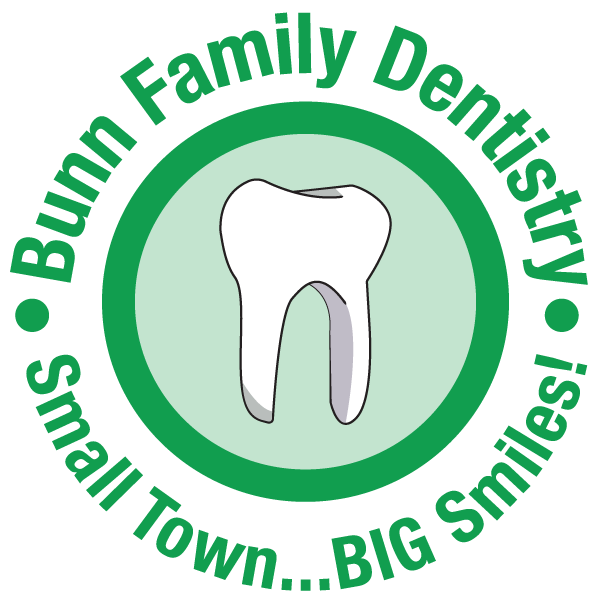It’s about more than just how straight and bright your teeth are when it comes to having a beautiful smile. Gum health is essential to general oral health. Even if your teeth are perfect in terms of appearance, they may still be afflicted with periodontal disease. Gum disease is often painless, so many sufferers are unaware that anything is wrong.
What Is Gum Disease?
Plaque also develops outside of your teeth, along the gum line, and even beneath the gums. Gum disease begins here. Plaque is a sticky substance that is full of germs. This stuff will grow over time, eventually causing gum disease, tooth decay, and even tooth loss.
Gingivitis is the first stage of gum disease. The symptoms of gingivitis include gum:
- Redness
- Swelling
- Bleeding
- Tenderness
- Inflammation
The good news is that your bones and soft tissues have not yet been damaged, suggesting that gingivitis can be reversed. Gingivitis, on the other hand, may progress to periodontitis if left unchecked. Periodontitis weakens the bones that support your teeth and can eventually destroy your gums, supporting bones, and connective tissues.
The initial and most basic form of the disease, known as mild to moderate periodontitis, will eventually progress to the final and most severe stage. In this stage, the bones and fibers that support your teeth are broken to the point that your bite may alter, and some or all of your teeth may need to be removed.
Indications you may have some form of gum disease include:
- Consistent bad breath
- Frequent bad tastes in the mouth
- Loose or separating permanent teeth
- Receding gums
- Gums that easily bleed
- Gum swelling, redness, and/or tenderness
- Preventing Gum Disease
You can prevent gum disease, and the American Dental Association (ADA) recommends six habits:
- Daily flossing – The ADA advises flossing once a day. Flossing removes plaque and other particles that you can’t reach when brushing, such as between the teeth and below the gumline. When it comes to flossing, the time of day is unimportant. Develop a routine that works for you and make sure you do it every day, regardless of the time. There’s no real advantage to flossing more often because plaque-forming bacteria take 24 hours to develop. Make sure you’re using the proper technique and that you don’t over-floss your teeth.
- Regular dental cleanings – A dental cleaning removes any plaque you neglected as well as any tartar, but you can remove most of it at home. Plaque eventually hardens into tartar, which can’t be removed at home. The ADA recommends that patients visit the dentist twice a year. Your dentist will not only clean your teeth but he or she will also check your gums for indications of gum disease. You may not be aware of the symptoms yet, but your dentist will identify them and treat them before they develop into a more serious problem. Gingivitis is curable if treated at home and in the dentist’s office. Later stages are not reversible but manageable, and your dentist may advise you to visit more than twice per year based on your situation.
- Avoid tobacco products – There are several compelling reasons not to smoke or chew or dip tobacco, including the health of your teeth. Gum disease can also be caused by smoking, according to the CDC. Smoking depletes your immune system, making it more difficult to defend against gum infections. Gum healing time is also slowed or stopped as a result of smoking.
- Brush twice daily – The ADA recommends brushing twice a day: first thing in the morning and before going to bed. Brushing removes plaque and food particles from your teeth and gums. You should also brush your tongue and, if desired, get a tongue scraper for this step. Change your toothbrush every three to four months or after it begins fraying, and use a soft-bristled brush. The Mayo Clinic recommends selecting a toothbrush that feels comfortable in your mouth. Electric toothbrushes are an excellent buy for removing more plaque than manual brushing.
- Brush with fluoride toothpaste – The ADA Seal of Acceptance should be on your toothpaste. The seal should indicate that the product not only prevents cavities but also reduces plaque and gingivitis. Color, taste, teeth whitening, breath freshening, and other factors are a matter of preference.
- Rinse with a therapeutic mouthwash – Therapeutic mouthwashes are available without a prescription and may help with gingivitis as well as the formation of tartar. Rinsing removes food particles and other debris, but it is not a substitute for brushing and flossing.
Keep Your Gums Healthy
Gum health begins at home. However, you will require specialized care from a dentist in order to maintain your gums and teeth healthy throughout your life.



